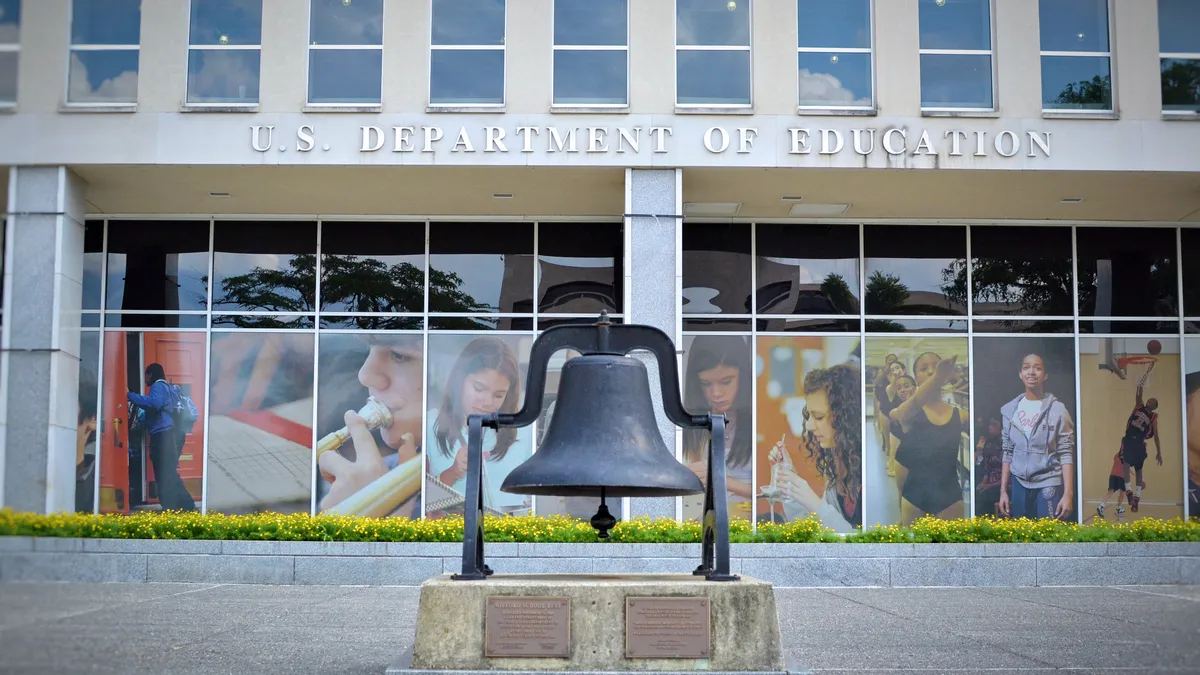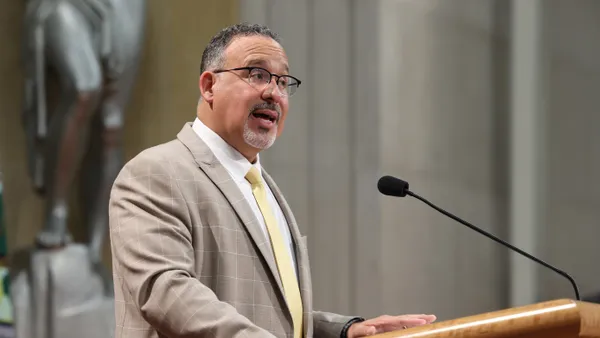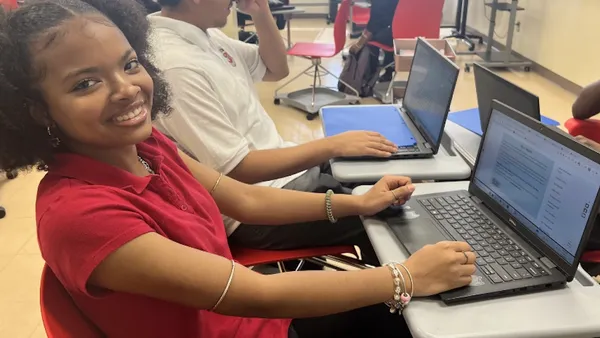Dive Brief:
-
A new grant to help financially constrained students afford to graduate from California State Polytechnic University at Pomona (Cal Poly Pomona) who are eight or fewer credits from earning their diplomas contributed to awardees finishing their degrees 93% faster, Diverse Issues in Higher Education reported.
-
The Summer Completion Initiative Grant awarded 327 students between $2,450 and $3,200 to cover costs such as tuition, books, supplies, food obtained on campus and parking. Of those students, 62% were eligible for Pell Grants and a similar share were first-generation students. Half were from historically underrepresented groups.
-
Cal Poly Pomona is one of two campuses in the public California State University system that improved all six measures of its Graduation Initiative 2025 during the 2017-18 academic year: raising the four- and six-year graduation rates for freshman and transfer students and reducing the equity gap for Pell Grant recipients and underrepresented students.
Dive Insight:
States are growing more committed to graduating students faster and with less debt. In May, Virginia's public Longwood University approved a plan to discount tuition by $250 for students enrolled in at least 30 credits during the 2018-19 school year. The discount makes it less expensive for low-income students who receive Pell Grants to take more than 12 credits per term, the university said.
Studies show students who enroll full-time are not only more likely to graduate, but depending on how many hours they work they are more likely to earn higher GPAs during their tenure. If Longwood's financial incentive is used over the course of four years, students can save as much as $1,000.
The Illinois Education Research Council (IERC) released a study last year analyzing barriers to underrepresented student populations completing their degrees with minimal debt. Five themes emerged as most important to student success, with two pertaining to the overall organizational culture: university leadership and a "coordinated and caring" community.
Investment in scholarships for multicultural and first-generation students was identified as a priority under the banner of university leadership, according to the IERC report. Higher education officials can bolster these funds by seeking matching fund partnerships with area college access programs. The report also mentions instances in Illinois of college presidents making personal investments as high as $500,000 for diversity scholarships.
A "coordinated and caring" community for multicultural and first-generation students often takes the form of close relationships with academic advisors, faculty and staff. Smaller class sizes led to closer relationships with faculty members and higher levels of support beyond the class such as a professor offering an ESL student additional support with assignments, according to the IERC study.













